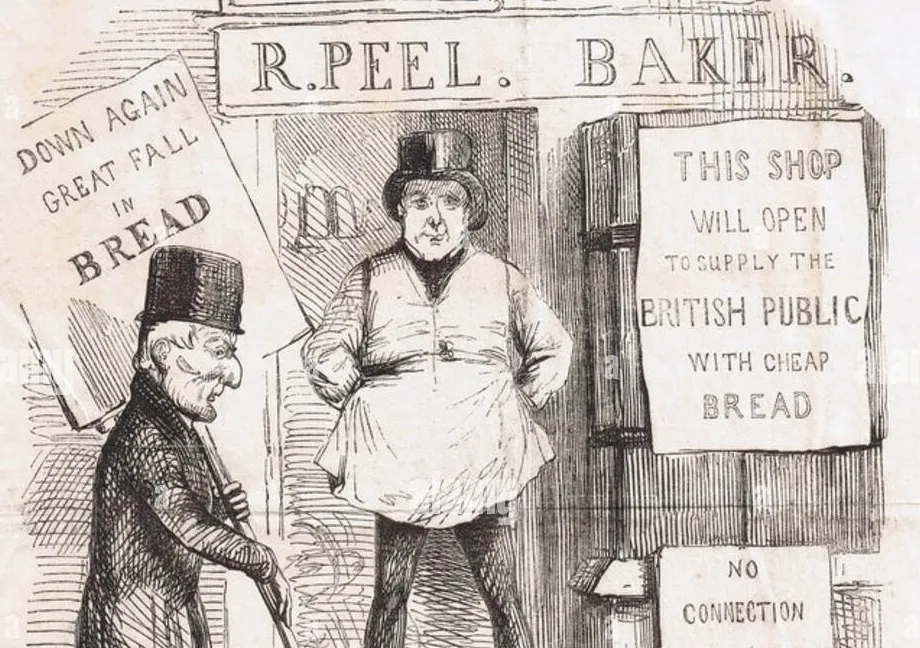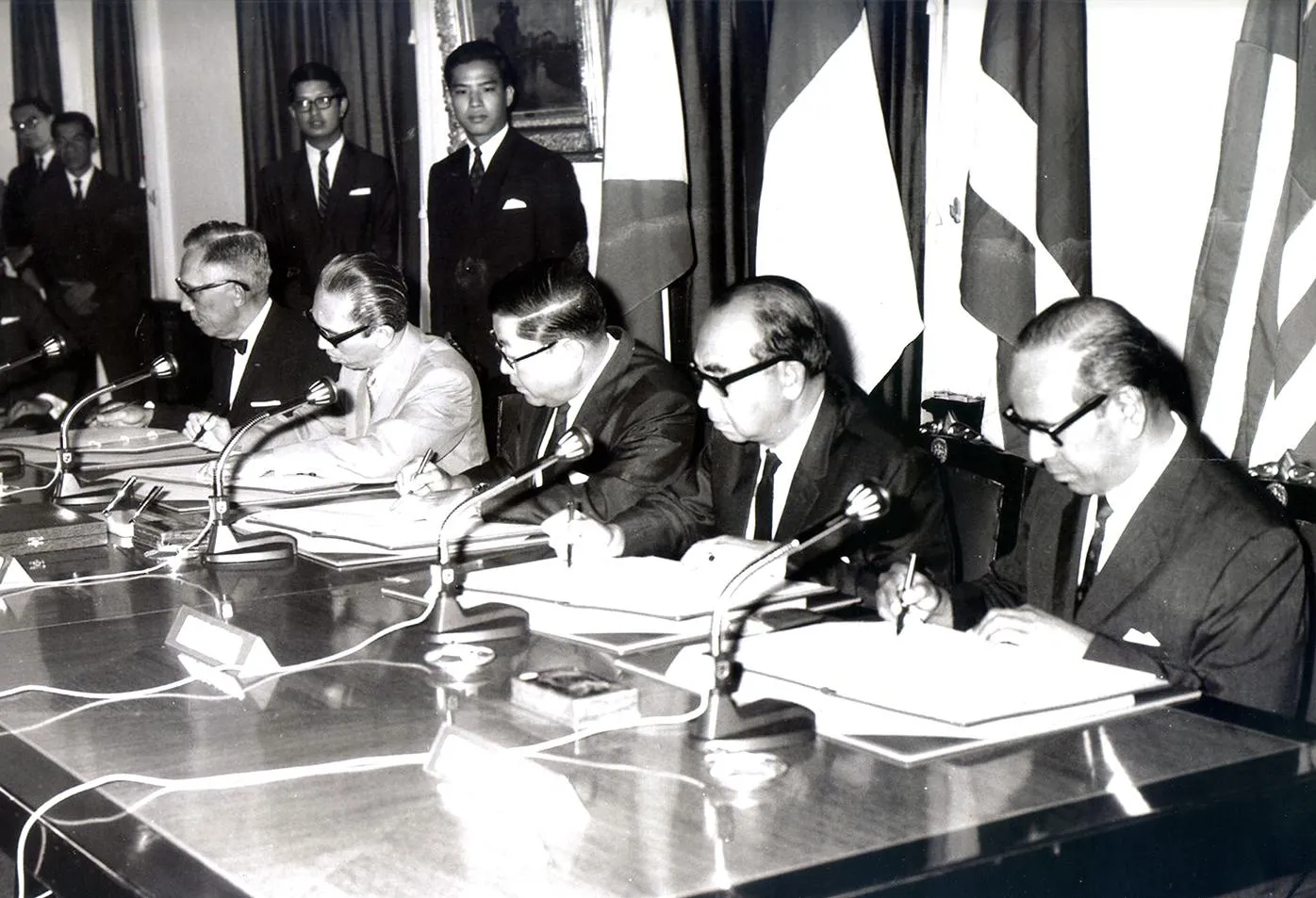A Global Historical Take on American Debates about Free Trade
Table of Contents
In teaching world history, one of the main global economic themes we frequently discuss has been trade connections between different regions of the world. And if we focus on the period from 1750 to present, we see a recurring debate between those individuals, movements, and states that have advocated for economic protectionism and those that support free trade. For those teachers who want to connect current events to world history, the debate about American trade policies in the current presidential primaries offers some opportunities for some rich discussion. In an op-ed in today’s New York Times, Jared Bernstein argues that American politicians after decades of support for free trade and free-trade agreements are now beginning to reject them:
For decades, free-trade agreements, called F.T.A.s, have been one of the most solid planks in the platform of economic elites and establishment politicians. True, the occasional political candidate like Ross Perot argued against one deal or another and even President Obama ran on “renegotiating” the North American Free Trade Agreement, but once elected, presidents of both parties sought and ratified trade deals with a wide variety of countries.
Those days may well be over. What changed
Bernstein also believes this shift is a positive one, at least for American workers. I’m not going to engage Bernstein’s arguments about the merits of this shift. Instead, I want to provide some historical context for this shift and think about how we might approach the issue in the classroom.
In looking at Bernstein’s initial claim about the recent popularity of free trade among economic elites, it depends on which regions of the world we look at. There’s no doubt that after World War II, First world states generally agreed on the virtues of free trade and economic liberalization. In 1944, forty-four states agreed to what has become known as the Bretton Woods System. This system was a series of economic agreements designed to encourage trade, loosely regulate the global economy, and prevent the global economy from slipping back into a depression after the end of the War. The United States and its Western European allies during the Second World War supported a vision for the global economy based on free trade.
At the same time, not all economic elites supported this vision of free trade. The Soviet Union, which attended the Bretton Woods discussions but did not ratify the agreements, rejected the emphasis on free trade. In the following two decades, as dozens of former colonies gained their independence, many of them joined the Non-Aligned Movement and embraced a “third world vision” for themselves. In his The Darker Nations: A People’s History of the Third World, Vijay Prashad argues that many of the states in the Third World advocated for cartels to regulate the prices for raw materials to protect themselves against the free trade policies of the First World capitalist states. Prashad claims that “the Third World states worked to create cartels of primary commodities so that the producer nations could band together to get good prices for their products.” Going back to Bernstein’s claims about “elites” supporting free trade, it might be useful to help students understand that it was primarily elites in First World countries that were ardent advocates of free trade.
The support for free trade definitely began to increase globally in the 1970s and the 1980s. Since then, a significant number of individuals in First World states, including Ronald Reagan and Margaret Thatcher, have advocated for neoliberal economic policies. Support for neoliberalism spread globally during the 1990s and early 2000s. Manfred Steger and Ravi Roy have written a good short overview of neoliberalism and its spread. Bernstein’s argument about elites supporting free trade makes more sense only if we consider the last two decades. A good issue to consider in discussing this increasing popularity of free trade is why so many state leaders around the world adopted free trade after initially opposing it. Steger and Roy’s book is a good resource for this discussion.
If we want to provide even more historical context for the United States and other countries supporting or questioning free trade, there are a number of other ways we can frame the issue for our students. Marc-William Palen has just published The ‘Conspiracy’ of Free Trade: The Anglo-American Struggle over Empire and Economic Globalisation, 1846–1896. He examines how in the century before the United States became an advocate for free trade, many of its politicians were ardent supporters of economic protectionism. Palen has also published a “short” version of his argument in a recent article on the Imperial & Global Forum. Palen argues that the United States’ support of protectionism was partially a response to Britain’s support for free trade at the time and related to the beginning of American imperial expansion. Palen himself is aware of the present-day implications of his arguments:
The long-term effect of this political and ideological struggle over empire and economic globalization remains very much with us now. For example, much like in the late 19th century, free trade initiatives like the massive Trans-Pacific Partnership are increasingly coming under conspiratorial fire and are associated with US economic imperialism.
Palen’s arguments help us think about how we can push students to look at what is seemingly a “domestic” issue in the presidential primaries and consider how calls for protectionism are connected to shifting priorities in American foreign policy and the United States’ standing in the global economy.
We can push this discussion with our students even further back in time and broaden our geographic scope. In an earlier post, I considered the Eurocentric tendency to depict East Asia as isolationist in the Early Modern period. In the conclusion to that post, I speculated about how our historical interpretations of China and Japan’s trade policies might relate to the debate about the Trans-Pacific Partnership. It might be worth reminding our students that shifting attitudes in the United States about free trade don’t have to be seen in dramatic terms rejecting or supporting fundamental economic ideas. Bernstein’s claims about recent political debates marking “the end of the era of Free Trade Agreements” may encourage students to see this event as major shift or to make judgments about this shift. It might be helpful for students instead to think about the discussion of protectionism as just another historical transformation.
Liberating Narratives Newsletter
Join the newsletter to receive the latest updates in your inbox.



